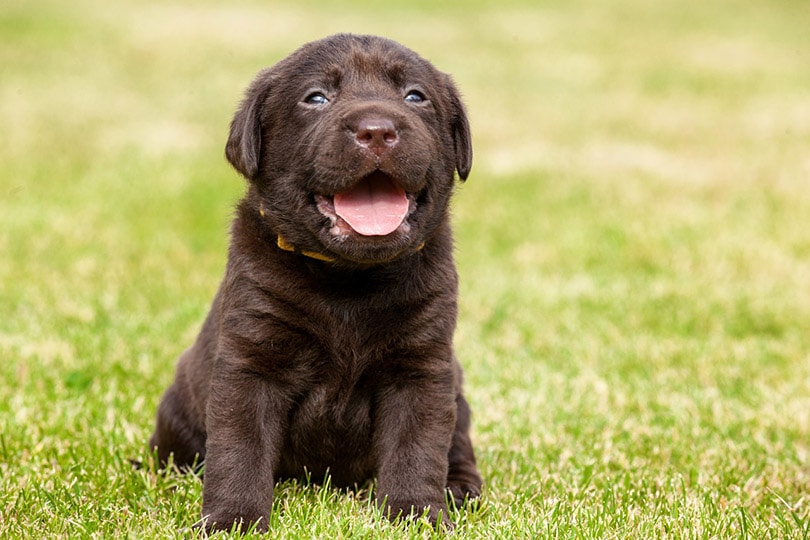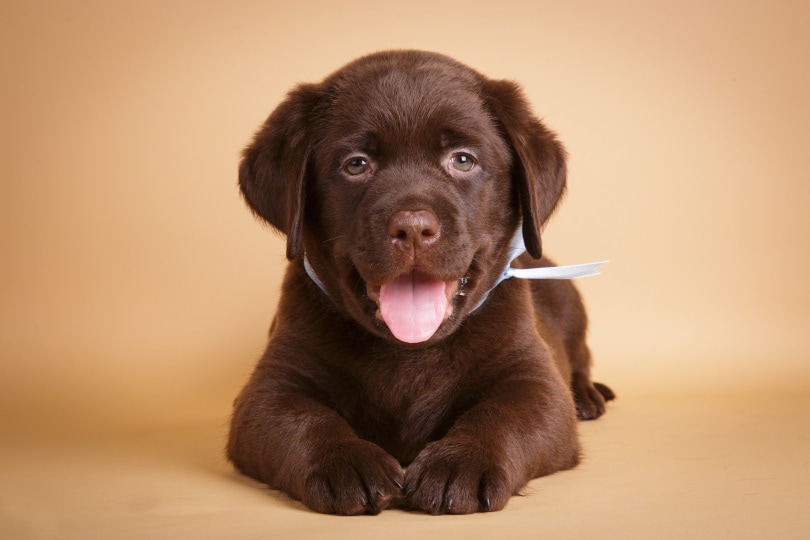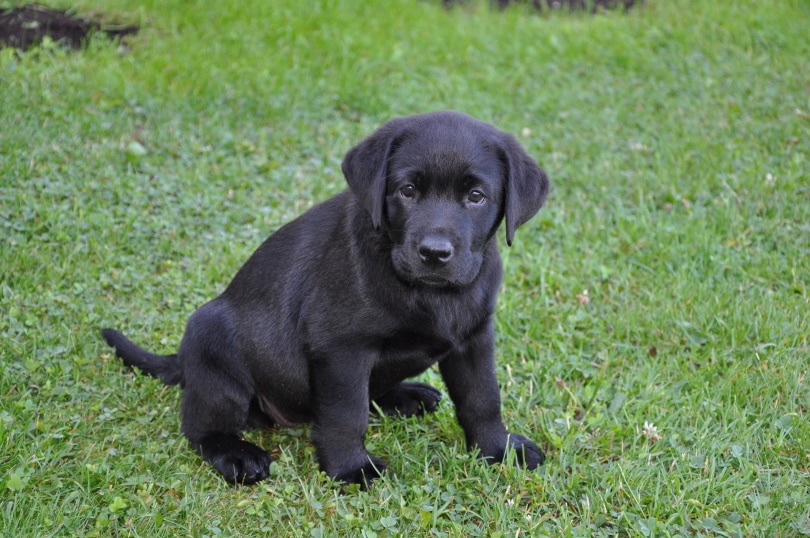Labrador puppies go home with their forever families every day; they’re one of the world’s most popular dogs! Just like human children, puppies are like information sponges. They love to learn and learn so fast. So, it makes sense to train your puppy to help them become good citizens. Early training is recommended as it helps your puppy fall into a concrete routine and know what’s expected of them.
Labradors are typically considered very trainable and suitable for newer dog owners. But you still need to be consistent and start early so your puppy doesn’t develop bad habits. Here’s a step-by-step guide to raising your new family member into a good canine citizen.

The 5 Tips to Train a Labrador Puppy
1. Start Training Early
Puppies 8 weeks old are ready to start learning basic puppy training, like sit, stay, and come, right when they get home. Giving your puppy time to acclimate to their new environment is important, but so is early training.
A lot of behaviors will be much harder to train out of your dog if they’re accustomed to getting away with it. So, start training your puppy as soon as they’ve acclimated to their new home.

2. Be Consistent With Your Cues
Your puppy will have the easiest time learning to obey commands and meet expectations when they’re clear and consistent. If you start training your puppy to “sit”, don’t change it to “sit down” halfway through the session. This will confuse your puppy.
Use a clear voice, enunciate the command, and accompany it with a hand signal that your puppy can recognize.
3. Use Positive Reinforcement
Puppies don’t understand negative reinforcement the way humans do. While telling your puppy “no” might get them to stop doing an action, they don’t necessarily process the connection between the action and the response.
However, puppies generally understand positive reinforcement in a similar way to humans. Your puppy will develop a connection between an action and positive consequence more readily than an action and a negative reaction. So, focus on rewarding your puppy for doing what you want rather than punishing them for misbehaving.

4. Keep Training Sessions Short
Sessions shouldn’t be longer than 5 minutes with puppies. They’re little bundles of energy with short attention spans that will stop learning if you try to force them to continue a training session they’re not interested in.
Aim for three 5-minute sessions a day, for a total of 15 minutes each day.
5. Practice in Different Locations
Changing the environment of your training sessions is critical to building up your puppy’s obedience. Teaching them to ignore distracting stimuli will help keep you and them safe as they get older. Start by using different rooms or areas in your home. This will help to desensitize the puppy to environmental changes.
Before socializing your puppy with other dogs in the park, it is important to make sure they have a complete vaccination schedule. Taking your puppy to the dog park to practice when appropriate not only helps your puppy socialize and learn to behave around other dogs but also helps them build a more well-rounded experience with training. Ignoring distractions and being able to heel when they’d rather do something else are both crucial for your puppy’s safety and the safety of others.


Training 101: Sit
While we can’t cover every single command, we’ll get you started with a step-by-step guide to getting your puppy to sit. From there, you’ll be able to extrapolate and build your own training regimen with your puppy that works best for your family.
- Start with a treat in your closed fist.
- Let your puppy sniff your fist, then move your hand over the top of their head.
- When your puppy sits down to look up at the treat, say “Sit” and give them the treat.
- Make sure to give the treat while the puppy is still sitting.
Make sure that you reward your puppy quickly after they perform the trick, and, when possible, while they are still in the position. If there’s too long of a delay between the action and the reward, your dog may learn the wrong behavior associated with the command.

Conclusion
Training is a crucial step in raising a well-behaved dog that everyone loves. The sooner you start training your dog, the more effective the training will be. Take advantage of the critical period where your puppy will learn the fastest and hasn’t become an “old dog” set in its ways. Doing so will ensure that you raise a dog able to pass the “Good Canine Citizen” test.
Featured Image Credit: manushot, Shutterstock











